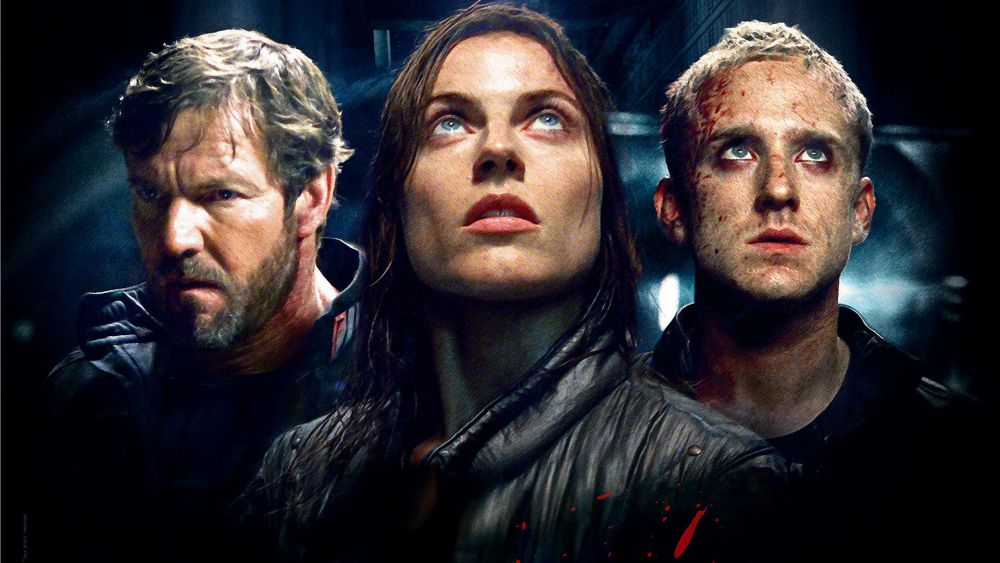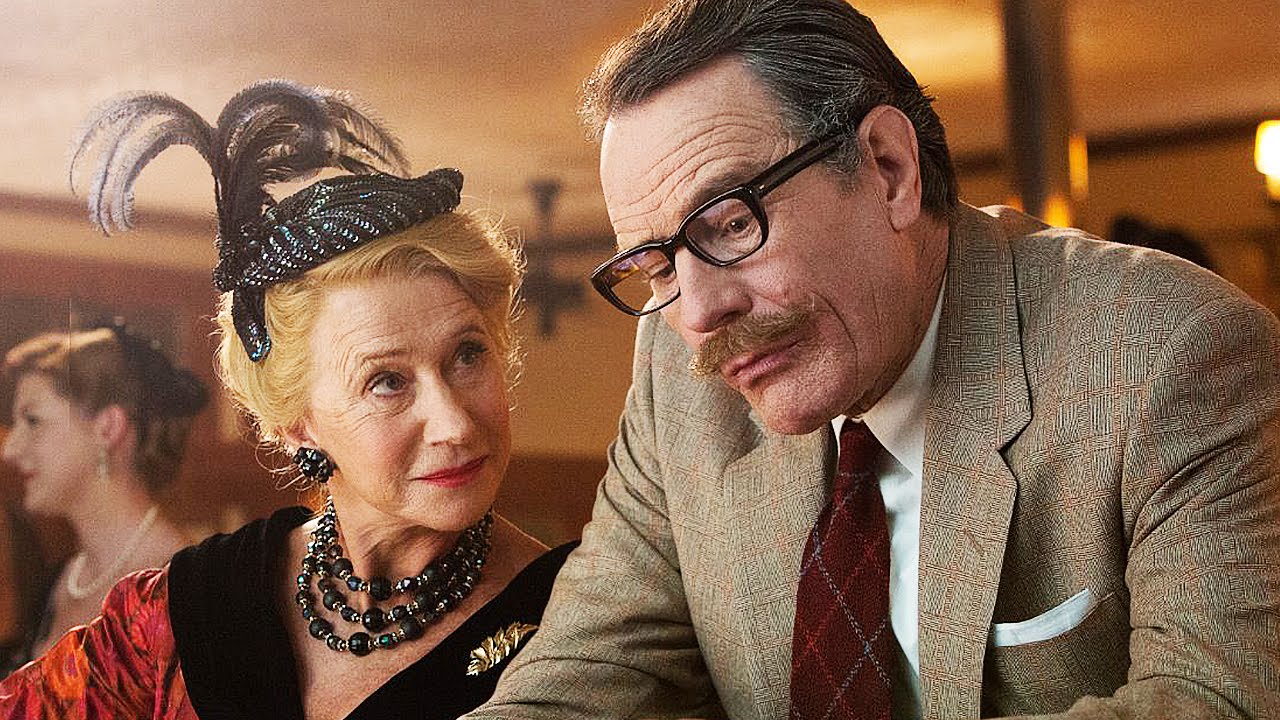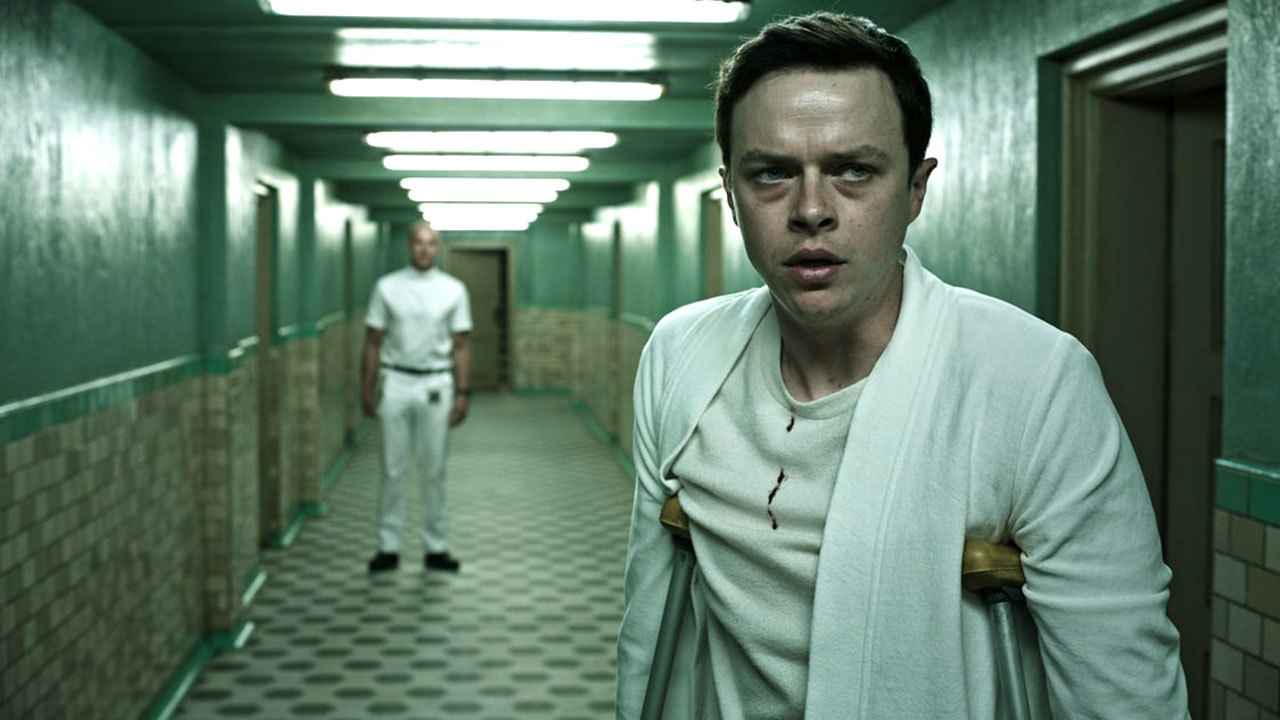
Underappreciated movies are nothing new here at Taste of Cinema. We’ve compiled countless lists pointing the flaws in the critics’ rating system or blaming the “go with the flow” mentality some have embraced.
However, while a few of these pieces have been redeemed by the public, many have not received justice. Why? Mainly because, during the same period, similar films with bigger marketing budgets and more prominent stars stole the spotlight, although they had nothing to set them apart.
The following is a list of similarly themed films, produced during the same time frame, that got sensibly different Rotten Tomatoes or critics’ scores. This list is not meant to be a top, nor does it cover masterpieces, and the ratings may vary at the time you read the article. The purpose of this brief collection is to underline the double standard used by those defending the very idea of standards.
The next pairs of films contain a film that has been been killed by the critics and another one that the “experts” found enthralling, although both have been highly similar in theme, visual treatment, or overall quality.
1. Transcendence (7%) vs Lucy (67%)

Consciousness, artificial intelligence, and the much-touted singularity are recurrent subjects in today’s cinematography. So when these two 2014 productions popped on-screen, nobody was surprised.
Powered by an impressive ensemble cast that included the likes of Johnny Depp, Paul Bettany, and Morgan Freeman, “Transcendence” tells the story of a scientist who turns into a God-like entity, after transferring his mind to a computer. Powered by an impressive cast that includes the likes of Scarlett Johansson, Choi Min-sik, and Morgan Freeman, “Lucy” tells the story of a young student who gets turned into a God-like entity, after being forced to transport a dangerous drug.
The difference? A better trailer and Luc Besson as a director brought “Lucy” an extra 60% in critics’ ratings, although the audience scores are almost identical. Was “Transcendence” a good movie? Although it had a Kurzweil-inspired narrative and retro visuals, “Transcendence” still played like an indie experiment from the 80s, which left us with more questions than conclusions. So no, “Transcendence” was not a good movie.
Was “Lucy” a refreshing action flick with a twist? No. In fact, its incoherent plot, primitive writing, and dimwitted ending make it one of the worst Morgan Freeman films out there (and there have been quite a few of those – have you seen “Edison”?). If it weren’t for Besson’s name, “Lucy” wouldn’t have gotten more than a wink from the critics. So yes, if you’re gonna trash “Transcendence”, do so… but don’t give “Lucy” credit for moving the genre forward.
2. The Discovery (43%) vs Personal Shopper (79%)
Ahhh, the afterlife – a theme that never gets old. Until it actually gets old and dies, just like the rest of us. Both of these 2017 movies were considered somewhat low key, mainly because they were not the products of huge Hollywood studios. “The Discovery” was a Netflix production, a part of their wider effort to bring us higher quality titles as a bonus to their already excellent series. “Personal Shopper” was an international production that shared the Best Director award at Cannes with Romanian production “Graduation”, after initially being booed by the audience.
The problem is, both movies suffer from the same problems, a thing many reviewers noticed. They both have muddled narratives, overextended frames, and rather boring conclusions, if any. The difference is – and the audience score shows it – “The Discovery” has a less pretentious and more more gripping goal.
A depressed scientist, played by Robert Redford, proves the existence of the afterlife and triggers a wave of international suicides. “The Discovery” follows the scientist’s attempts to journey to the other side and mend the relationship with his estranged son, played by a surprising Jason Segel.
On the other hand, “Personal Shopper” follows Kristen Stewart, who can be an above-average actress (when vampires are not around) on an incredibly slow journey through Paris. You see, Stewart’s character is a shopper for a wealthy celebrity, but she’s also a medium. Oh, and she also has a deceased brother and receives text messages from an unknown person or spirit. And that’s basically it. Seriously. That’s the entire story, spoilers included.
While the ‘artistic feel’ of “Personal Shopper” can’t be denied, neither can its multiple faults, a bored audience being among them. If not for a Cannes screening, “Personal Shopper” would have never gone above 50%. “The Discovery”, on the other hand, if blessed with a clearer narrative and a more interesting character for Rooney Mara, could have been a hit.
3. Trumbo (74%) vs Hail, Caesar! (86%)

Two films, the same theme: Hollywood life in the 50s, a time when the Second Red Scare (the McCarthy era) was slowly installing itself among film producers, directors, and actors alike. Their approach, however, is entirely different. While “Trumbo” is an Oscar-nominated biographical film about the life of screenwriter Dalton Trumbo, “Hail, Caesar!” is a blend of parody and pastiche, with more references and big names on the poster than one can remember.
And that’s the problem. While “Trumbo” can be a bit boring and pretentious at times, the viewer can clearly get the director’s intentions, and that’s in part to the superb efforts of Bryan Cranston. The presence of Louis C.K., in fabulous shape here, also helps. On the other end of the spectrum, the Coen brothers’ production is filled with too many actors to actually put them to good use.
Josh Brolin, George Clooney, Tilda Swinton, Jonah Hill, Channing Tatum, Scarlett Johansson, Ralph Fiennes, Christopher Lambert, and many more are forced to share less than two hours of screen time. Furthermore, the two cult writers and producers are so busy filling the movie with references and inside jokes that there isn’t any room left for the actual movie. The audiences noticed and marked that on their scoreboard, which is why “Hail, Caesar!” scores significantly lower than “Trumbo” with most audience meters.
Overall, “Trumbo” is not necessarily underrated, but it’s certainly a better movie about the ‘50s than “Hail, Caesar!”. That’s due to the fact that the latter is less a movie and more a salute from the Coen brothers to their fans.
4. A Cure for Wellness (42%) vs Crimson Peak (71%)

Gore Verbinski’s “Cure” came out more than an year after Guillermo del Toro’s “Peak”, yet they both shared common visual cues: an isolated estate where their protagonists willingly end up, gothic styled visuals, and a chilling pace. They are both tributes to a forgotten era in both writing and cinematography, and while neither will stand the test of time, one has received significantly higher grades.
Out of the two, “A Cure for Wellness” has both a more interesting premise and a more complex main character (played by the underrated Dane DeHaan). Its visuals are superb, as it was mainly filmed in Germany, in Brandenburg and Baden-Württemberg.
However, the story of a young corporate manager who goes to a remote European spa, searching for his recently disappeared boss, should have stopped after an hour and a half of running time. Instead of ending the movie with a metaphor, as one of the shots suggests, the director decides to go further and turn “A Cure for Wellness” into a bizarre action flick, with a little supernatural and a dash of incest, leaving the audience confused and rather disappointed.
On the other hand, “Crimson Peak” seems to be far more predictable in terms of narratives. It’s a classical gothic romance, in which the young daughter of an American entrepreneur falls for a mysterious European baronet, played by Tom Hiddleston, and moves away with him to his bizarre estate. Unnecessary action, ghosts and, again, incest, fall into the mix. While the acting and script are nothing spectacular, del Toro’s special brand of visual effects makes “Crimson Peak” an enjoyable experience.
In fact, come to think of it, our advice is to watch both of these movies. They could have been great, but they ended up “watchable”, neither of them being a game-changing experience.
5. Suicide Squad (20%) vs Captain America: Civil War (90%)

Marvel fanboys and fangirls will instantly be triggered by this one, but we have to do it. While it’s clear that the third entry in the Captain America franchise is the superior film (in terms of both production and coherence), the hatred “Suicide Squad” received at launch was more than exaggerated. The flashy but drab “Civil War” was better, but not 70% better.
What do the two have in common, besides the rivalry of their fan bases? They’re both superhero (or supervillain) films, they both feature ensemble casts, and they both try to tackle deeper social aspects. “Suicide Squad” asks the question: “Are villains just a product of their environment?”, while “Captain America” turns to issues such as surveillance and the balance between power and responsibility.
Visually, “Suicide Squad” goes for darker overtones, but the final product cannot be compared to “Civil War”. Furthermore, the convoluted and often elliptical narrative brought the disappointment of many viewers. Its main critiques, though? Undeveloped characters, a shallow plotline, and the unnecessary presence of the Joker. What about “Civil War”, then? Its plotline is a simple afterthought after the last ‘Avengers’; the only developed characters are those who already have other movies behind them, and there’s a whole line of unnecessary characters.
Yes, “Civil War” was a fun movie, but it was in no way the “superhero landmark movie” everyone was announcing. Yes, it was better than “Suicide Squad”, but so was its all-star cast (Will Smith and Margot Robbie are fun, but just read Captain America’s poster). Although critics and fans often discard DC films, the bizarre Oscar “Suicide Squad” received was a belated “sorry” for a film that’s not good, but it’s better than a 20% rating.